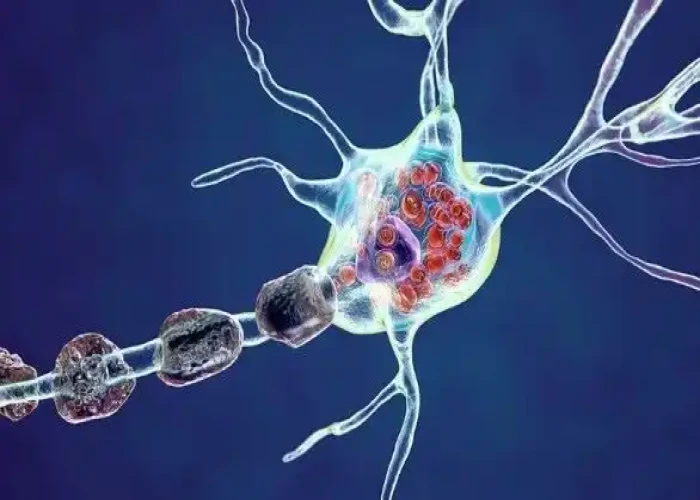 Welcome
Welcome
“May all be happy, may all be healed, may all be at peace and may no one ever suffer."
Tay-Sachs disease

Tay-Sachs disease is a rare, inherited, progressive neurodegenerative disorder that primarily affects infants and young children. It is caused by a deficiency in an enzyme called hexosaminidase A, which leads to the accumulation of a fatty substance called ganglioside GM2 in the brain and nervous system.
Symptoms of Tay-Sachs disease typically appear in the first few months of life and progress rapidly. Early symptoms may include:
- Exaggerated startle reflex
- Loss of developmental milestones, such as head control and rolling over
- Decreased eye contact and response to visual stimuli
- Weakness and loss of muscle tone
- Difficulty feeding and swallowing
- Cherry-red spot on the retina
As the disease progresses, other symptoms may include seizures, blindness, deafness, and ultimately, loss of all physical and mental function. Tay-Sachs disease is usually fatal in early childhood, with most affected children not surviving past the age of 4.
Tay-Sachs disease is caused by mutations in the HEXA gene, which provides instructions for making the hexosaminidase A enzyme. The condition is inherited in an autosomal recessive pattern, which means that a person must inherit two copies of the mutated gene (one from each parent) to develop the condition. People with only one copy of the mutated gene are carriers of the condition, but do not have symptoms.
Currently, there is no cure for Tay-Sachs disease. Treatment is supportive and aimed at managing the symptoms of the disease, such as anticonvulsant medications to control seizures and nutritional support to prevent malnutrition. Genetic counseling and testing can help families at risk for Tay-Sachs disease understand their risk and make informed decisions about family planning.
Research Papers
Disease Signs and Symptoms
- Muscle weakness
- Seizures
- Blindness (Vision loss)
- Deafness (Hearing loss)
- Difficulty swallowing (dysphagia)
- Unusual behavior
- Poor coordination
- Loss of motor skills, including turning over, crawling and sitting up
- Exaggerated reactions when the baby hears loud noises
Disease Causes
Tay-Sachs disease
Tay-Sachs disease is a genetic disorder that is passed from parents to their children. It occurs when a child inherits a flaw (mutation) in the HEXA gene from both parents.
The genetic change that causes Tay-Sachs disease results in a deficiency of the enzyme beta-hexosaminidase A. This enzyme is required to break down the fatty substance GM2 ganglioside. The buildup of fatty substances damages nerve cells in the brain and spinal cord. Severity and age of onset of the disease relates to how much enzyme is still produced.
Disease Prevents
Disease Treatments
There is no cure for Tay-Sachs disease, and no treatments are currently proved to slow progression of the disease. Some treatments can help in managing symptoms and preventing complications. The goal of treatment is support and comfort.
Supportive treatments include:
- Medication. A number of prescription medications are available to reduce symptoms and prevent complications: for example, anti-seizure medications or antibiotics for infection.
- Respiratory care. Accumulated mucus in the lungs is common and results in a high risk of lung infections that cause breathing problems. Chest physiotherapy (CPT), exercise and other techniques can help remove mucus from the lungs. Medications to reduce saliva production and positioning techniques are also options to reduce the risk of mucus accumulation and prevent aspiration pneumonia.
- Nutrition and hydration. Your child may have trouble swallowing or develop respiratory problems by inhaling food or liquid into the lungs while eating. To prevent those problems, your doctor may recommend an assistive feeding device such as a feeding tube. A feeding tube may be inserted through your child's nose and into the stomach, or a surgeon may surgically insert a feeding tube directly into the stomach (gastrostomy tube).
- Physical therapy. As the disease progresses, your child may benefit from physical therapy to help keep joints flexible and maintain as much ability to move (range of motion) as possible. Physical therapy may delay joint stiffness and reduce or delay the loss of function and pain that can result from affected muscles.
- Occupational therapy. These therapists can recommend activities and supportive devices to help with daily functioning.
- Speech and language therapy. Speech and language therapists can assist with swallowing problems.
Potential future treatments
Research on treatments such as gene therapy, stem cell transplantation, or enzyme replacement therapy may eventually lead to a cure or treatment to slow the progression of Tay-Sachs disease.
Disease Diagnoses
Disease Allopathic Generics
Disease Ayurvedic Generics
Disease Homeopathic Generics
Disease yoga
Tay-Sachs disease and Learn More about Diseases

Guillain-Barre syndrome
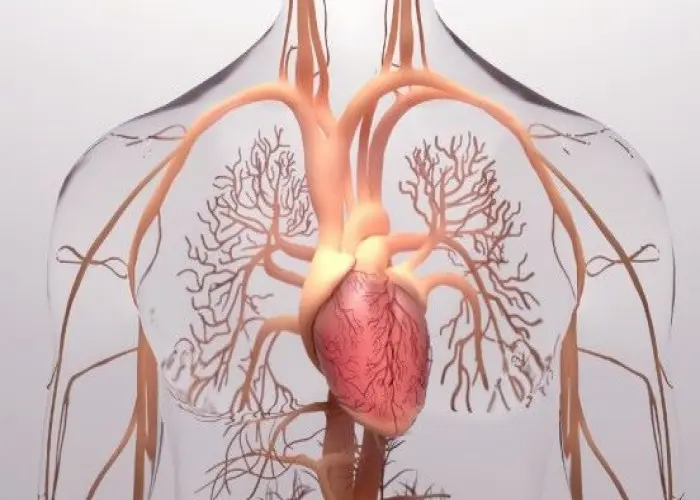
Heart palpitations

Glomerulonephritis
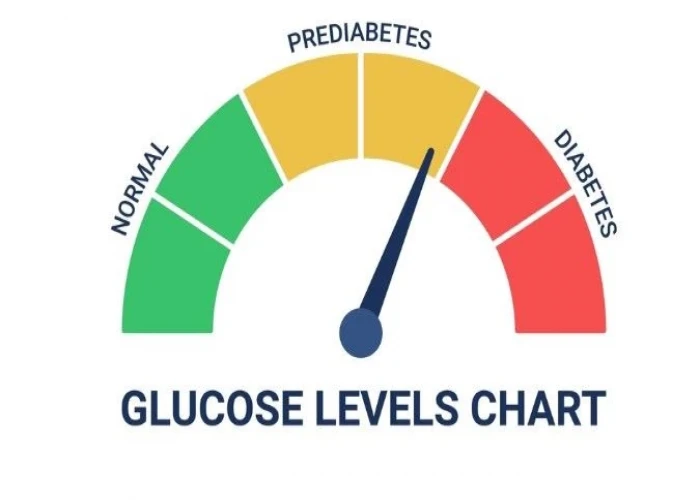
Prediabetes
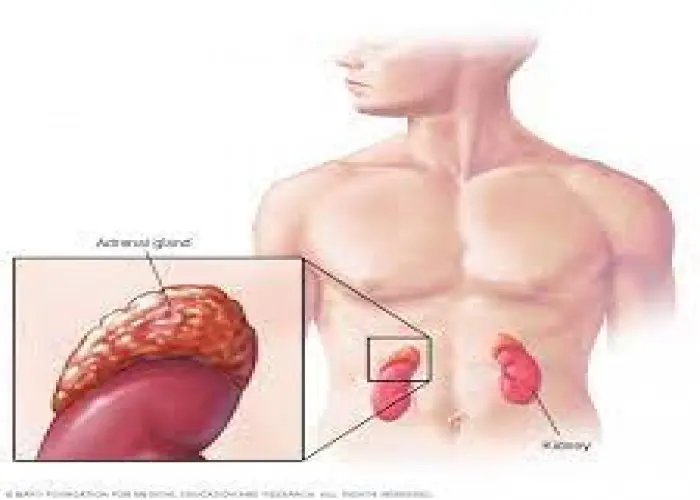
Benign adrenal tumors
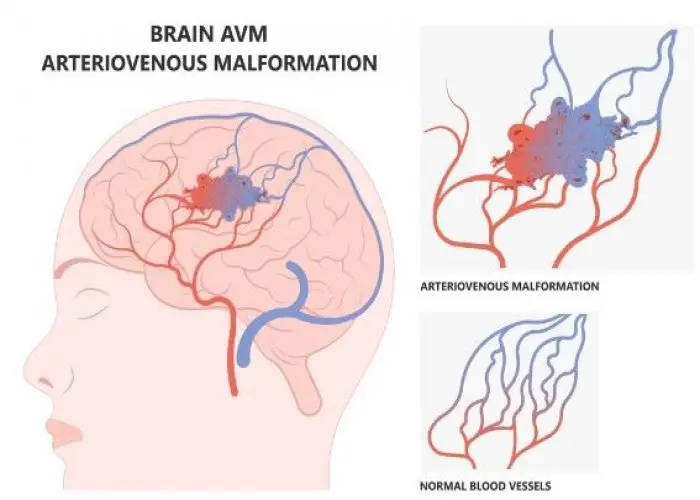
Dural arteriovenous fistulas

Genital herpes
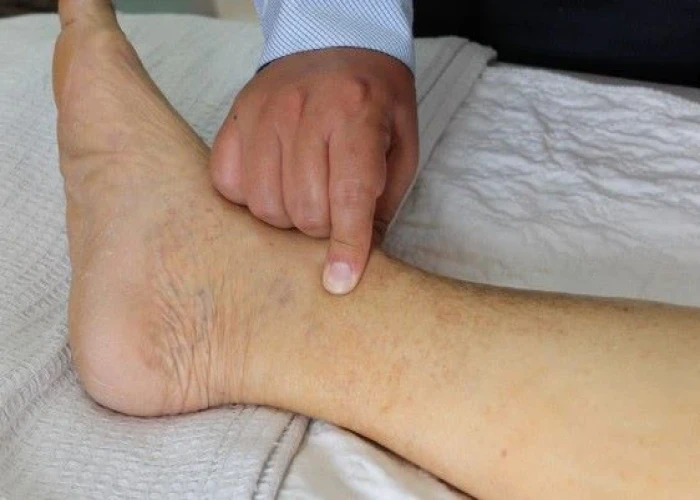
Nephrotic syndrome
tay-sachs disease, টে - শ্যাস রোগ
To be happy, beautiful, healthy, wealthy, hale and long-lived stay with DM3S.
